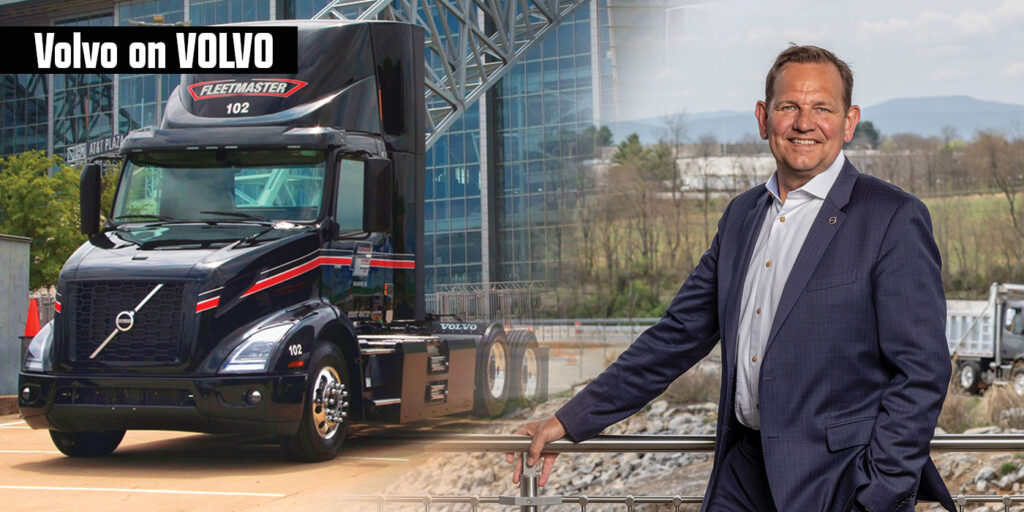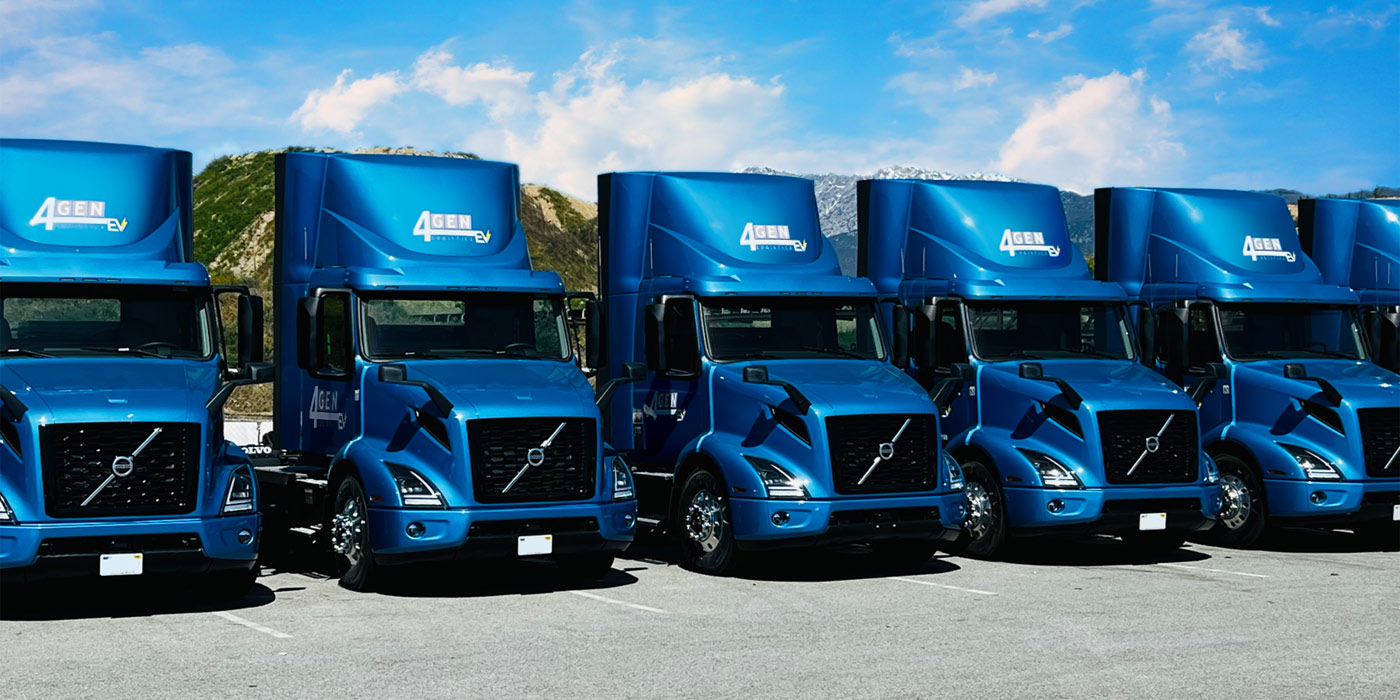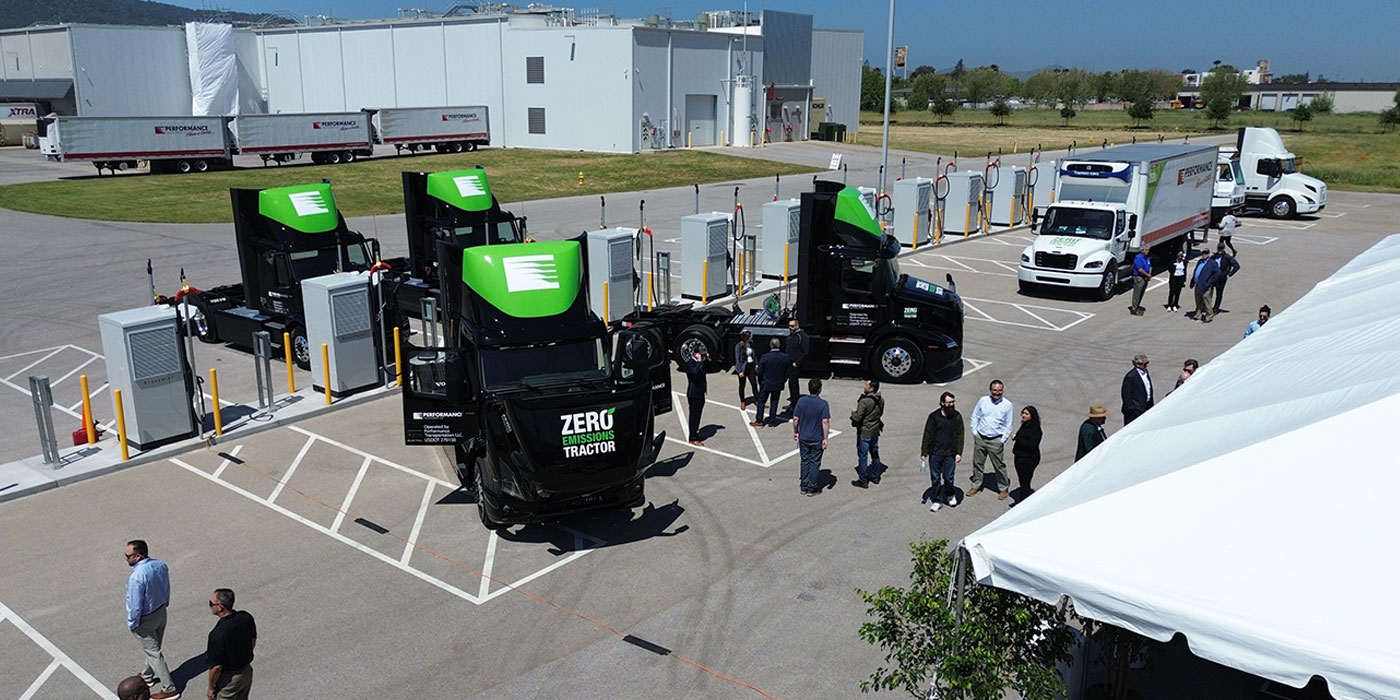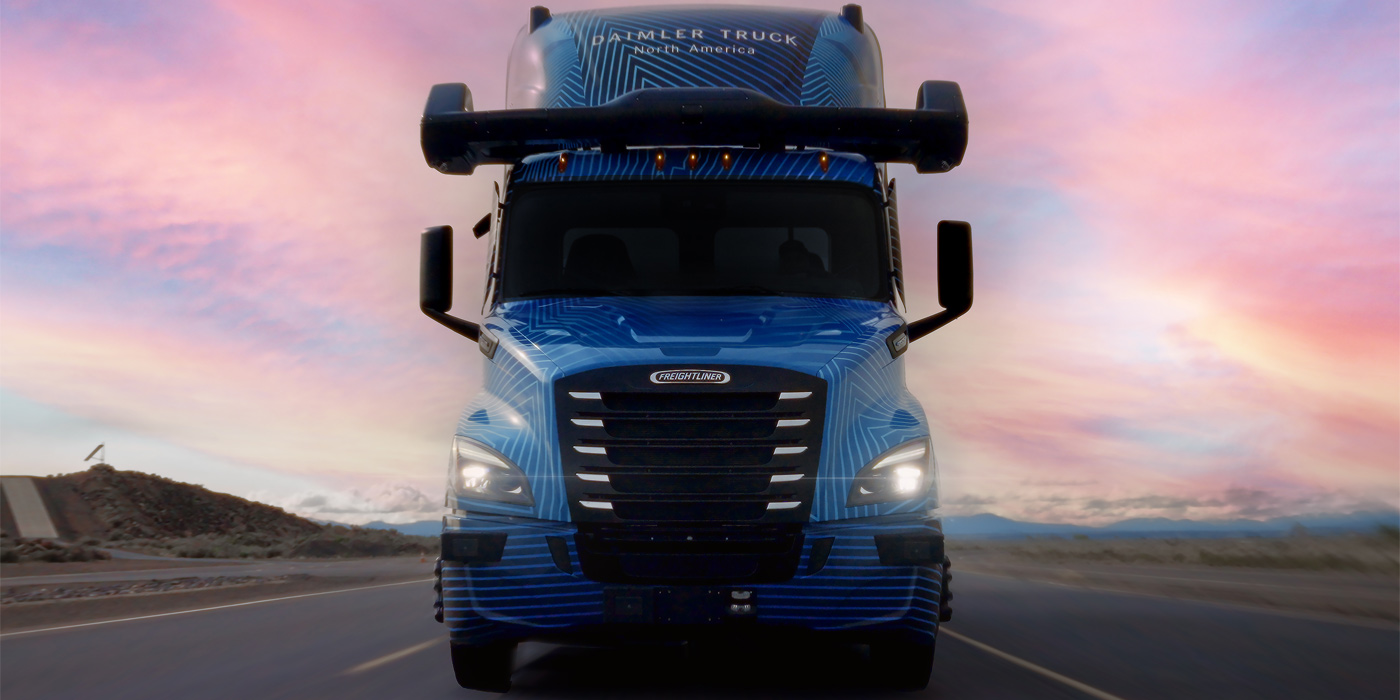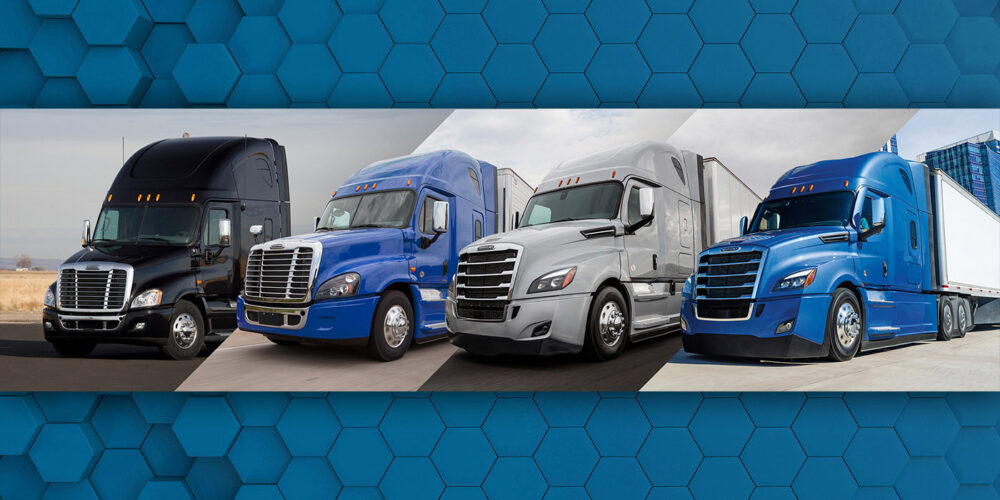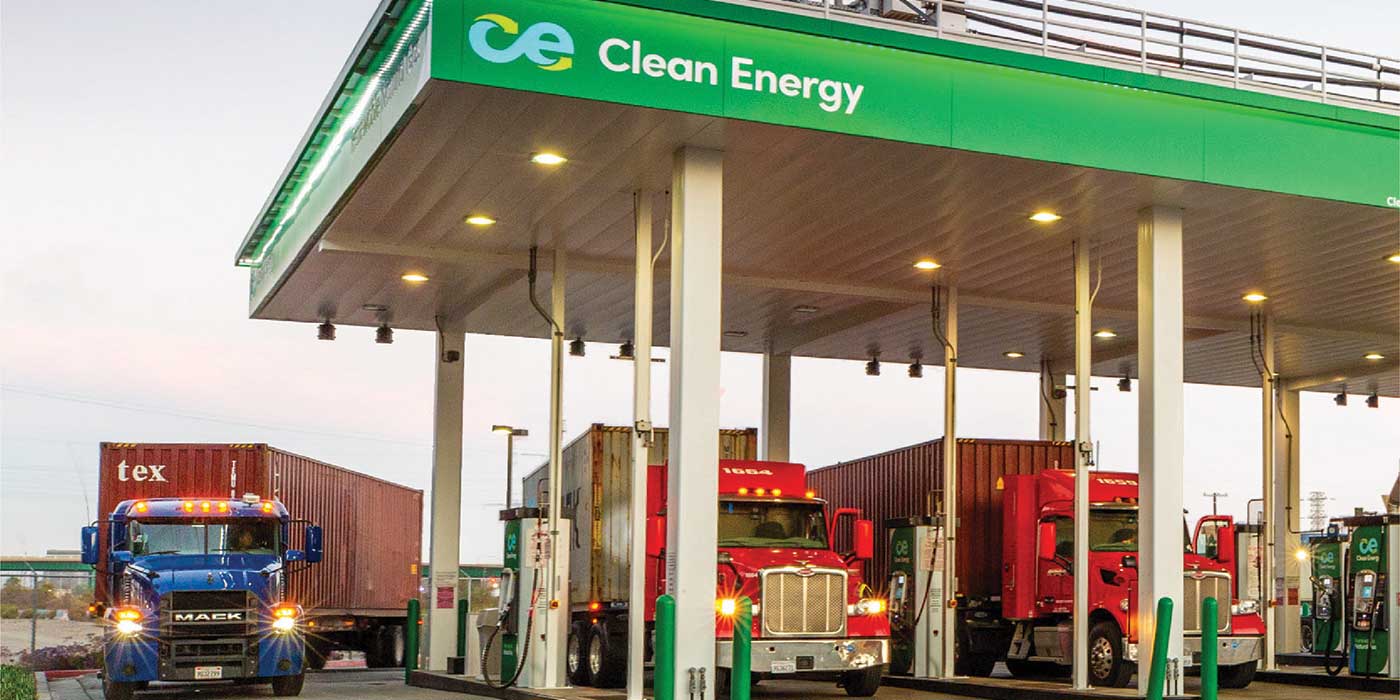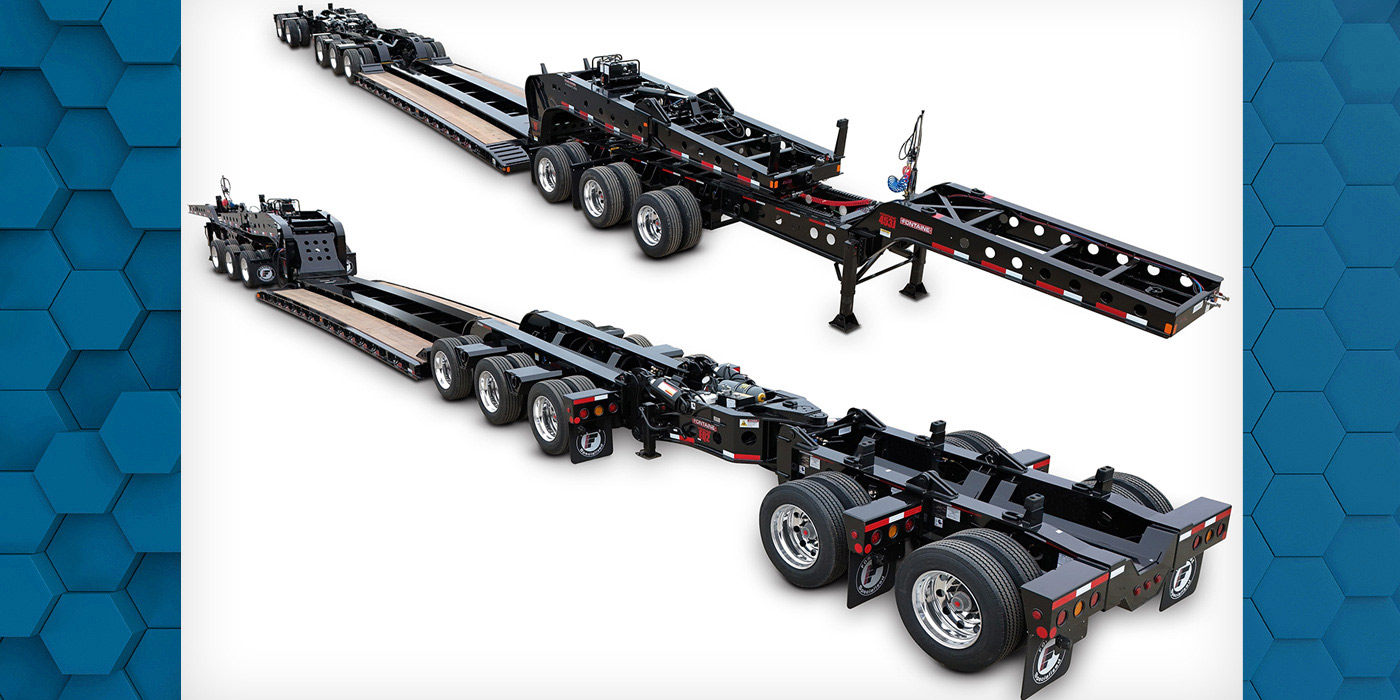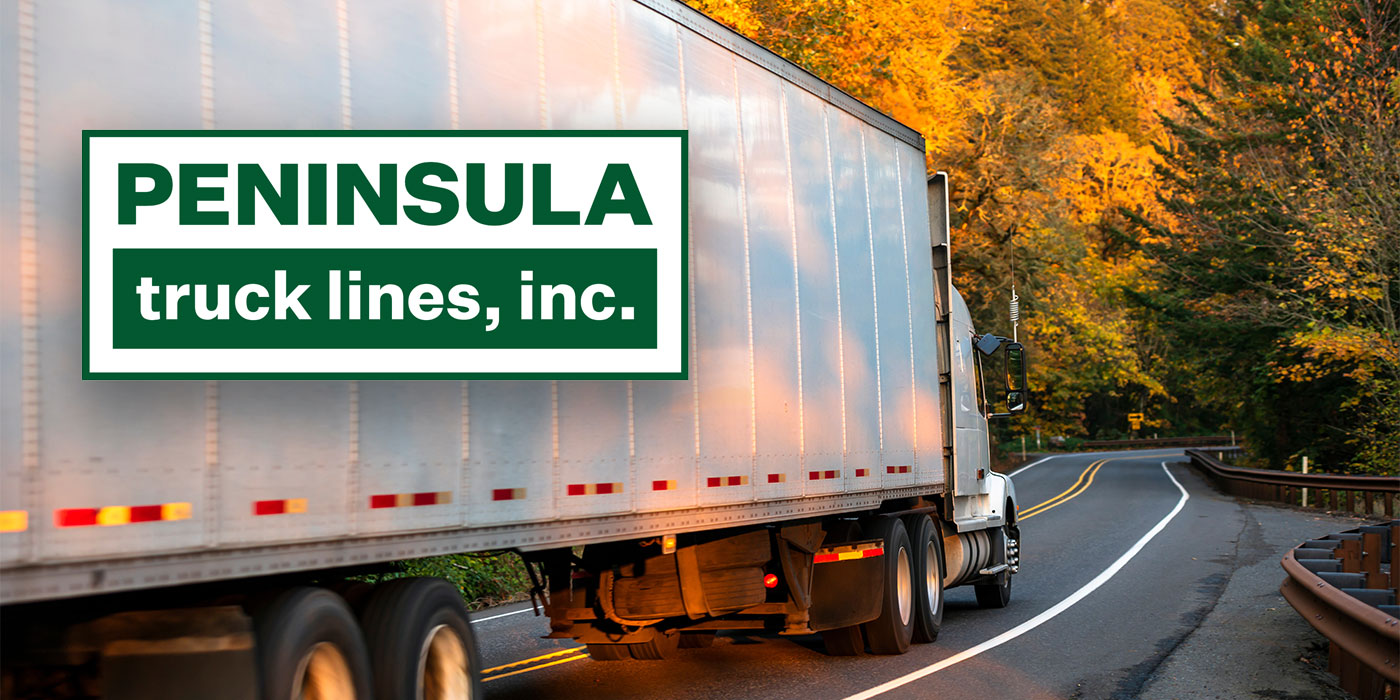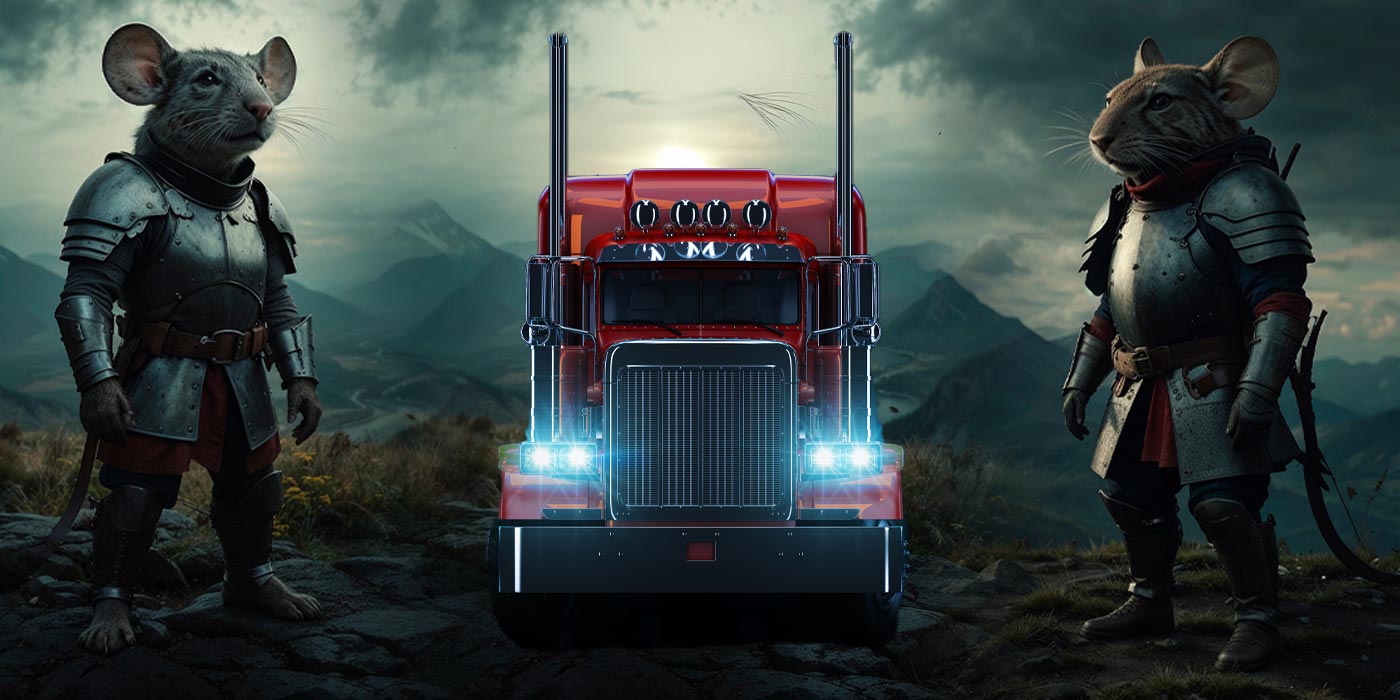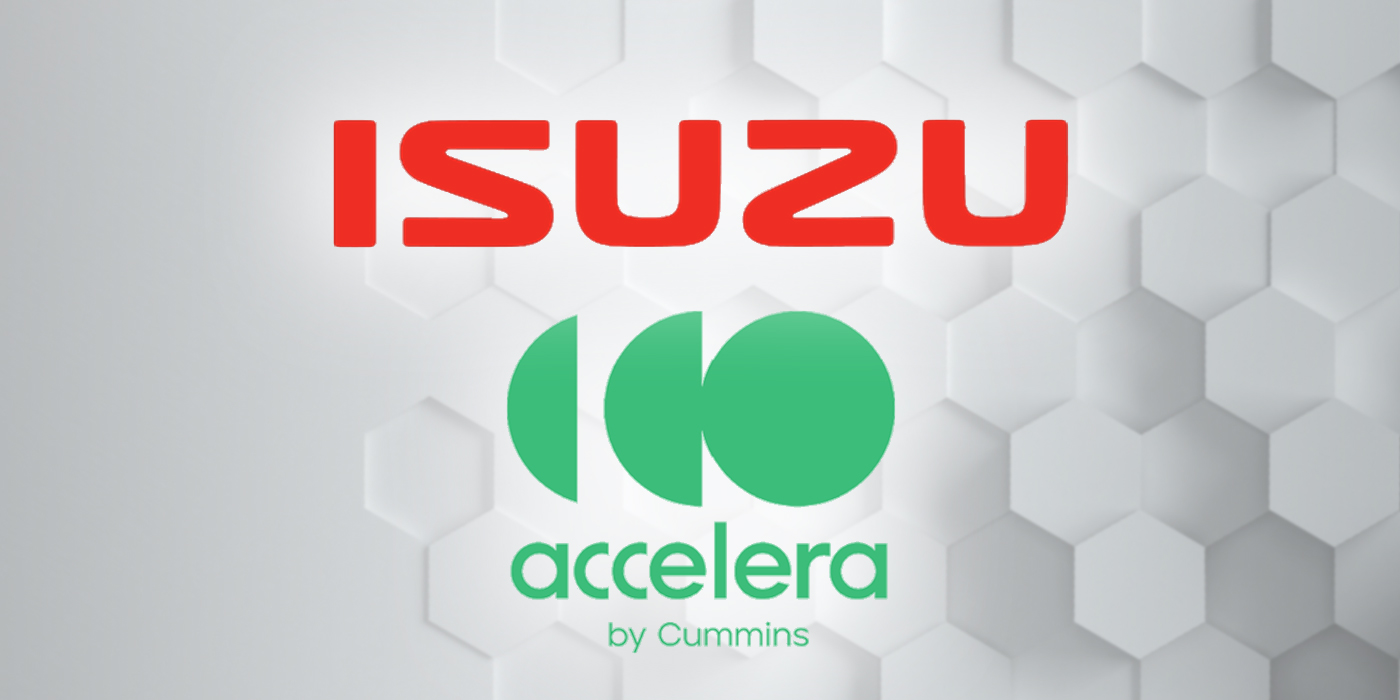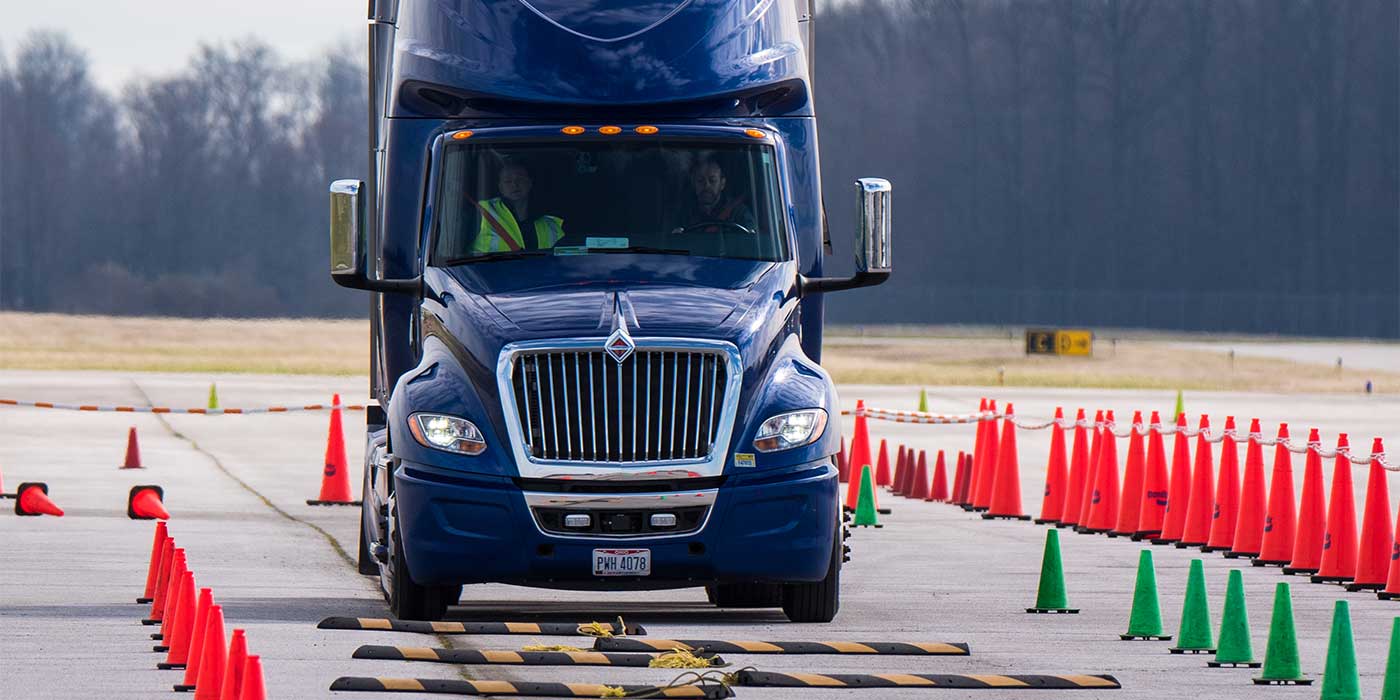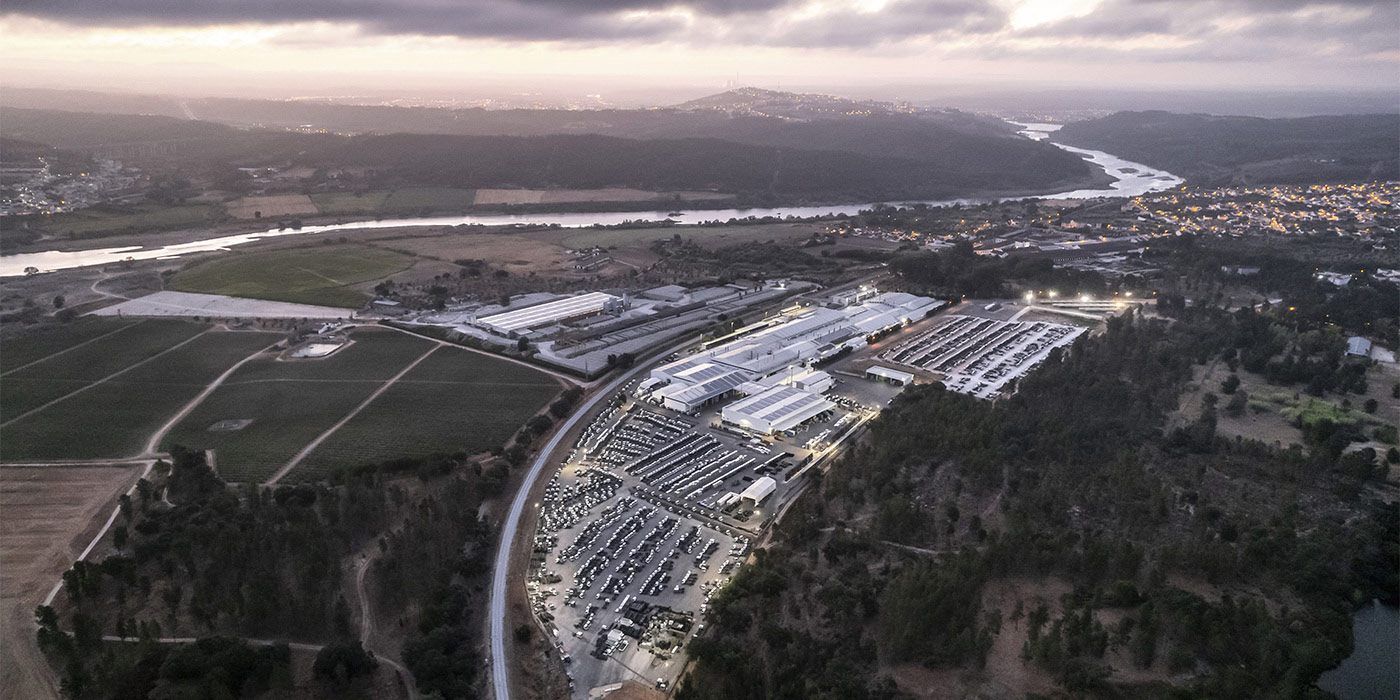On a wall in Peter Voorhoeve’s office hang numerous framed photos of happy handshakes and the hand-off of keys to the owners of Volvo Trucks VNR Electric–early fleet adaptors who have jumped into the electrification deep end. The Volvo Trucks North America president is clearly passionate about the shift to increasingly sustainable trucking equipment. He has spoken about what sustainability means to both Volvo as a global company and himself personally a number of times. (In fact, his first press conference as the North American president back in December 2018 was focused on the announcement of the VNR Electric’s development.) Yet, the early fleet demand and interest for electric trucks outpaced his expectations.
“When we came out with the VNR Electric, I was not sure what to expect, in all fairness,” he said during an interview just before ACT Expo, and on the heels of a number of VNR Electric announcements: The first being the next-gen VNR Electric that boasts an up to 85% increased range, faster charging, and even more configurations, and then a flurry of high-profile VNR Electric customer order press releases, which have become a newswire staple since last year’s ACT Expo in August.
“You come out with a 150-mile truck and everybody is like, ‘Oh, we cannot do anything with that.’ But then after last summer, demand really picked up.
“We launched the VNR Electric because we said we need to ‘Act Now,’” he continued. “The first generation had a 150-mile range, but I always say, at least 40% of all the Class 8 trucks in North America drive less than 200 miles a day. So there’s a use for that range, but you need to find the application. You cannot go to a large transport company and say, ‘Try it out.’ But what Manhattan Beer does, what Producers Dairy does, what the Fleetmaster together with Ball Company does–those are repetitive routes that are predictable and allow you to determine when and where you need to charge. There are a lot of these pioneers, more than I expected–QCD is a pioneer; Performance Team–A Maersk Company, we just signed and were trusted with a very, very big order.
“What continues to exceed my expectations is the awareness and the drive of our customers and their customers on driving their sustainability strategy.”
Exciting to be sure, but Voorhoeve is as pragmatic as he is passionate. He’s quick to balance the growing electric truck segment hype with supporting (and continuing to develop) diesel trucks, which still drive the industry.
“We are continuously developing the diesel engine, and we’ll be pumping money into diesel and other zero-emissions technologies for a long time,” he said. “We want to offer 100% zero-emissions products in the market by 2040, but by the way: ‘Zero emissions’ also means that we will still have internal combustion engines. We will not go completely electric.”
Voorhoeve detailed the three-pronged Volvo Trucks zero-emissions approach: battery electric vehicles, hydrogen fuel cell electric vehicles and internal combustion engine vehicles using renewable fuels.
“It can be biodiesel, it can be renewable diesel, it can be hydrogen if you want to use it in an ICE because we will continue to develop the internal combustion engine,” he reiterated.
Volvo Trucks’s equipment bet is placed on sustainability as a whole, not a single technology.
Those solutions are coming from a collaborative approach. We’re seeing that play out in the battery electric space right now. The question before the availability of electric trucks was: Which comes first, the electric truck chicken or the charging infrastructure egg. Well, now we have the electric chickens running around and fleets need help managing the charging and service. For its part, Volvo Financial Services offers complete financing and insurance solutions for the Volvo VNR Electric and charging infrastructure, and the newly introduced Volvo Gold Contract incorporates VNR Electric maintenance, towing, uptime services and full coverage of major components as a standard service with a VNR Electric purchase.
“Working with customers in electromobility … automatically the relationship becomes closer. The dialogue is much more intense,” Voorhoeve said. “You need to sit around the table and ask each other, ‘Okay, how are we going to do this?’ With the existing customers that we have a good relationship with, we continue these good relationships. They become wider in scope. Customers that we traditionally did not do business with, they are inviting us in now.
“That has to do with the fact, and I cannot stress this enough, that we’re in the market and … Look, we have struggles just like everybody else, but we have an electric truck that we can sell, that customers can buy today, that is being built, that is being delivered, that is being maintained. It lets us say, ‘Look what tomorrow will be.’”
The electric truck rolling off the production line is just the beginning
For the early adopting fleets, the battery electric conversation turns to scalability. Consider Performance Team–A Maersk Company that was name dropped earlier: In the third quarter of 2021, the company ordered 16 VNR Electric trucks. They ordered 110 more in March.
Think about that.
Most fleets reading this (and in the industry in general) are still penciling out the math to run maybe one or two; maybe upward of five electric trucks? You don’t jump to electric truck lightspeed like Performance Team–A Maersk Company without the right partnerships. But in order for increased sustainability (and the products and services that enable them) to reach a point where we can mitigate further climate impact, fleets like Performance Team are going to have to be the rule, not the exception.
“People have become considerably more concerned with what’s happening with the climate and the environment; you hear more climate aspects or CO2 reduction requirements as a part of a deal. But our strategy has been and will stay: It needs to work now,” Voorhoeve said. “Not next year or the year after–it needs to work now, and we’re not going to over promise and under deliver.”

